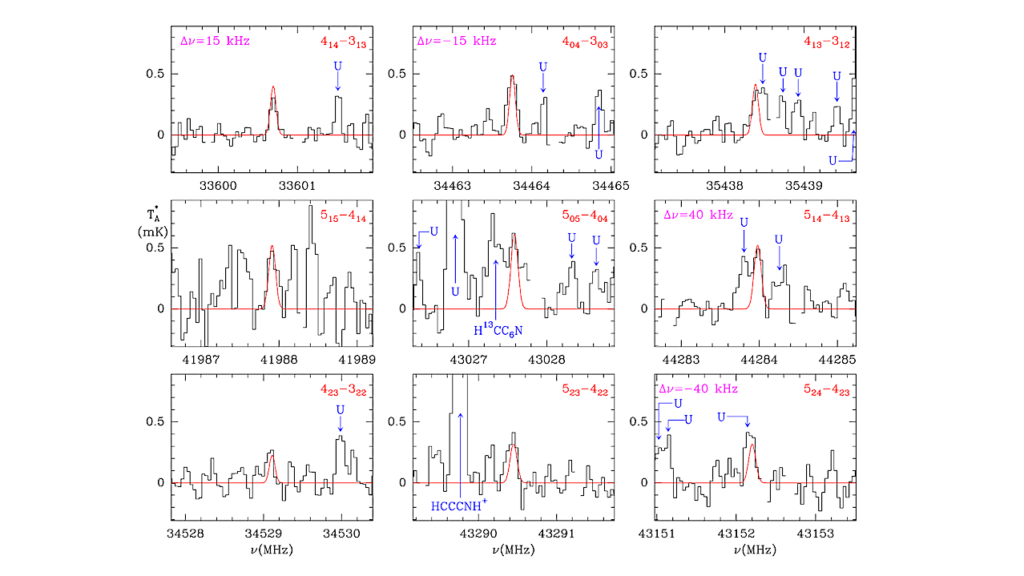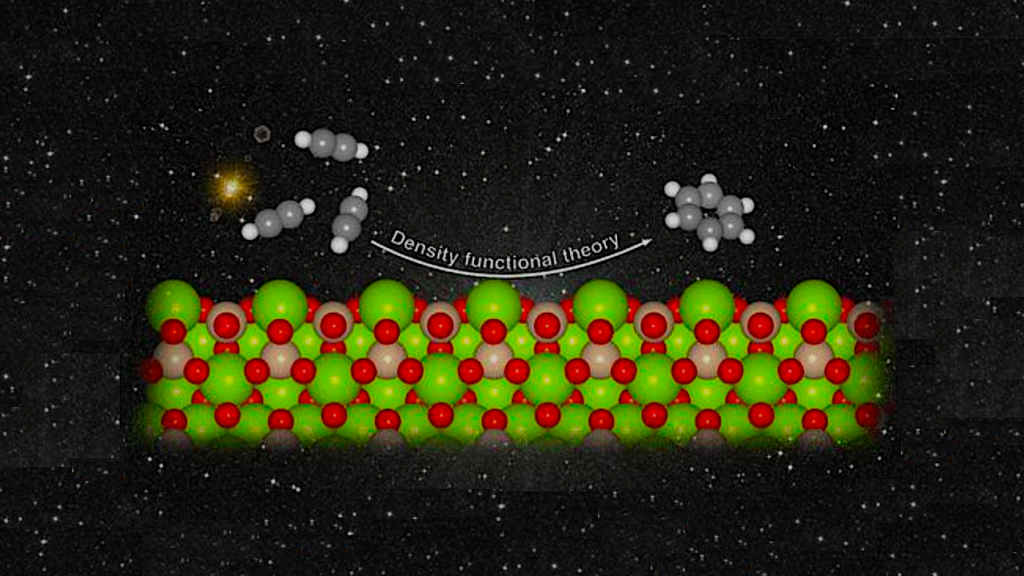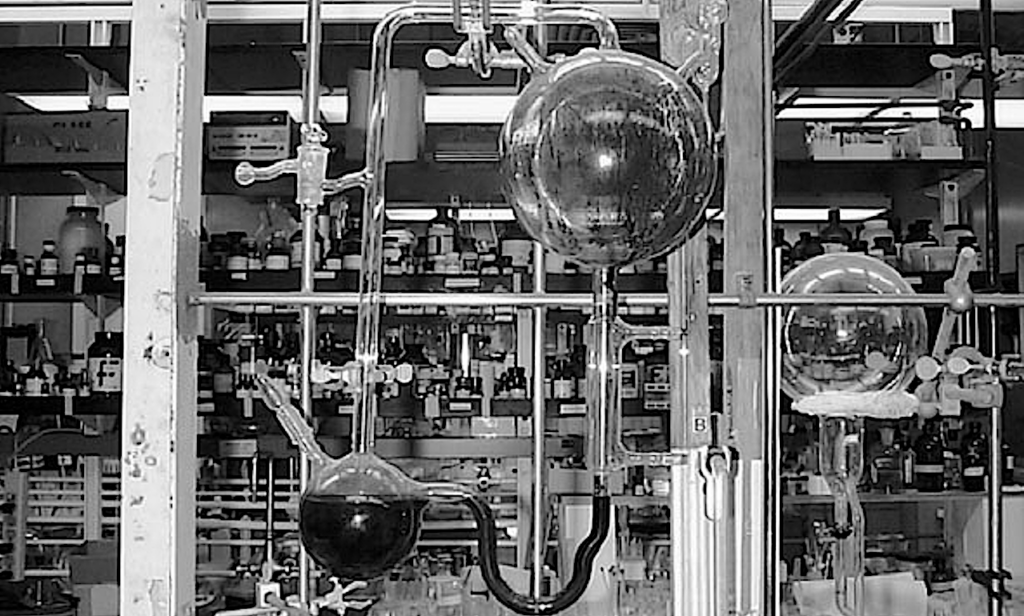Observations Of The Onset Of Complex Organic Molecule Formation In Interstellar Ices

Isolated dense molecular cores are investigated to study the onset of complex organic molecule formation in interstellar ice.
Sampling three cores with ongoing formation of low-mass stars (B59, B335, and L483) and one starless core (L694-2) we sample lines of sight to nine background stars and five young stellar objects (YSOs; A_K ~0.5 – 4.7). Spectra of these stars from 2-5 μm with NASA’s Infrared Telescope Facility (IRTF) simultaneously display signatures from the cores of H2O (3.0 μm), CH3OH (C-H stretching mode, 3.53 μm) and CO (4.67 μm) ices. The CO ice is traced by nine stars in which five show a long wavelength wing due to a mixture of CO with polar ice (COr), presumably CH3OH. Two of these sight lines also show independent detections of CH3OH. For these we find the ratio of the CH3OH:COr is 0.55±0.06 and 0.73±0.07 from L483 and L694-2, respectively. The detections of both CO and CH3OH for the first time through lines of sight toward background stars observationally constrains the conversion of CO into CH3OH ice.
Along the lines of sight most of the CO exists in the gas phase and ≤15% of the CO is frozen out. However, CH3OH ice is abundant with respect to CO (~50%) and exists mainly as a CH3OH-rich CO ice layer. Only a small fraction of the lines of sight contains CH3OH ice, presumably that with the highest density. The high conversion of CO to CH3OH can explain the abundances of CH3OH ice found in later stage Class 1 low mass YSO envelopes (CH3OH:COr ~ 0.5-0.6). For high mass YSOs and one Class 0 YSO this ratio varies significantly implying local variations can affect the ice formation. The large CH3OH ice abundance indicates that the formation of complex organic molecules is likely during the pre-stellar phase in cold environments without higher energy particle interactions (e.g. cosmic rays).
Laurie E. U. Chu, Klaus W. Hodapp, A.C. Adwin Boogert
Comments: 26 pages, 7 figures, Accepted for publication by ApJ
Subjects: Astrophysics of Galaxies (astro-ph.GA); Solar and Stellar Astrophysics (astro-ph.SR)
Cite as: arXiv:2010.05917 [astro-ph.GA] (or arXiv:2010.05917v1 [astro-ph.GA] for this version)
Submission history
From: Laurie Chu
[v1] Mon, 12 Oct 2020 18:00:01 UTC (4,050 KB)
https://arxiv.org/abs/2010.05917
Astrobiology








